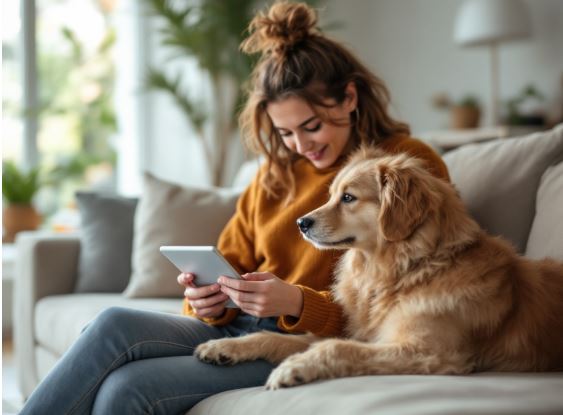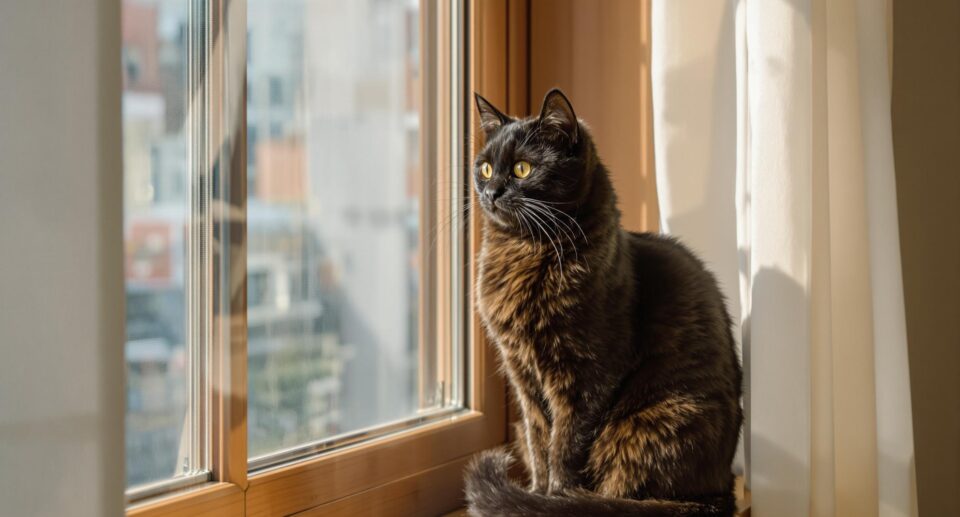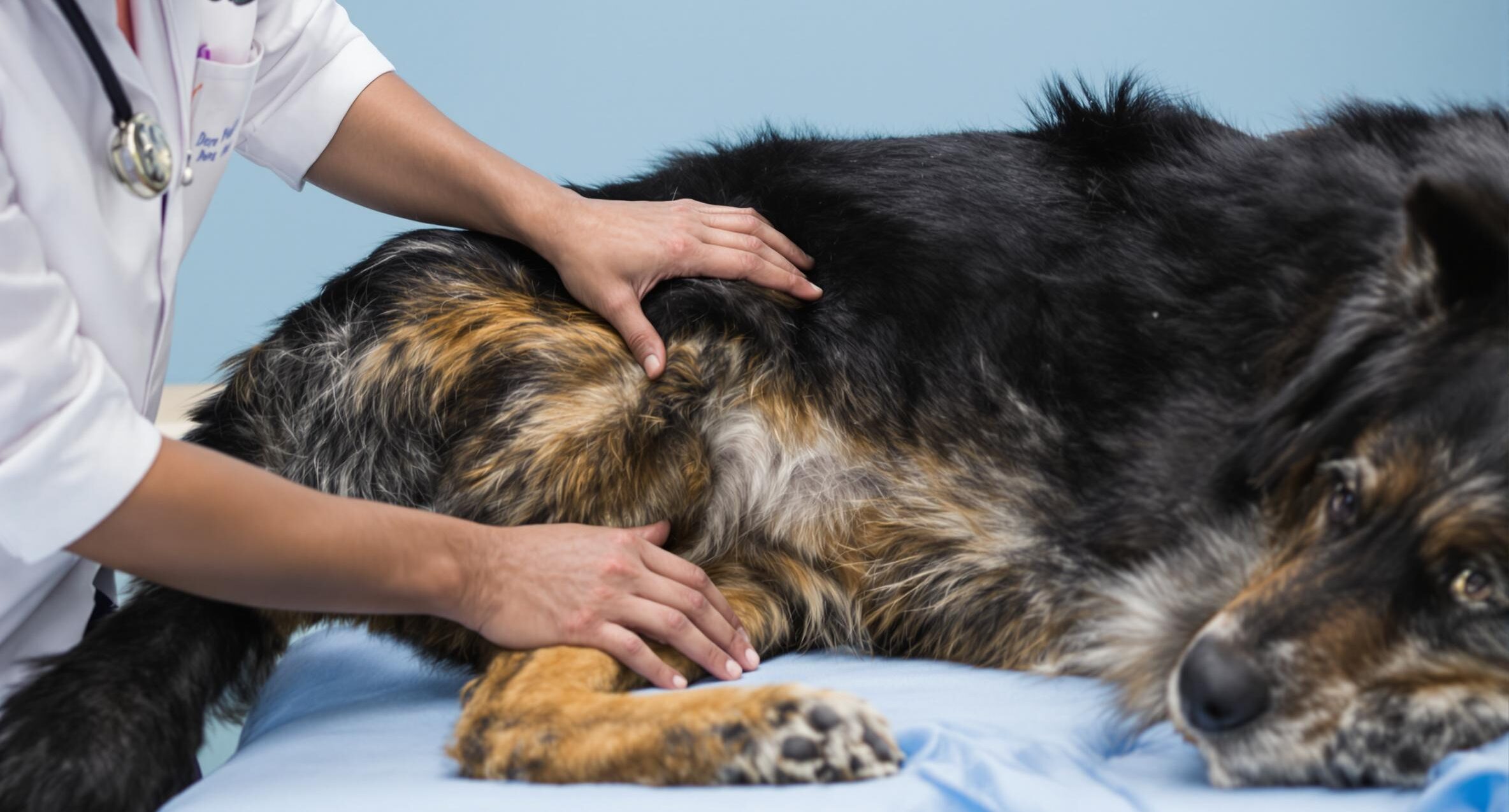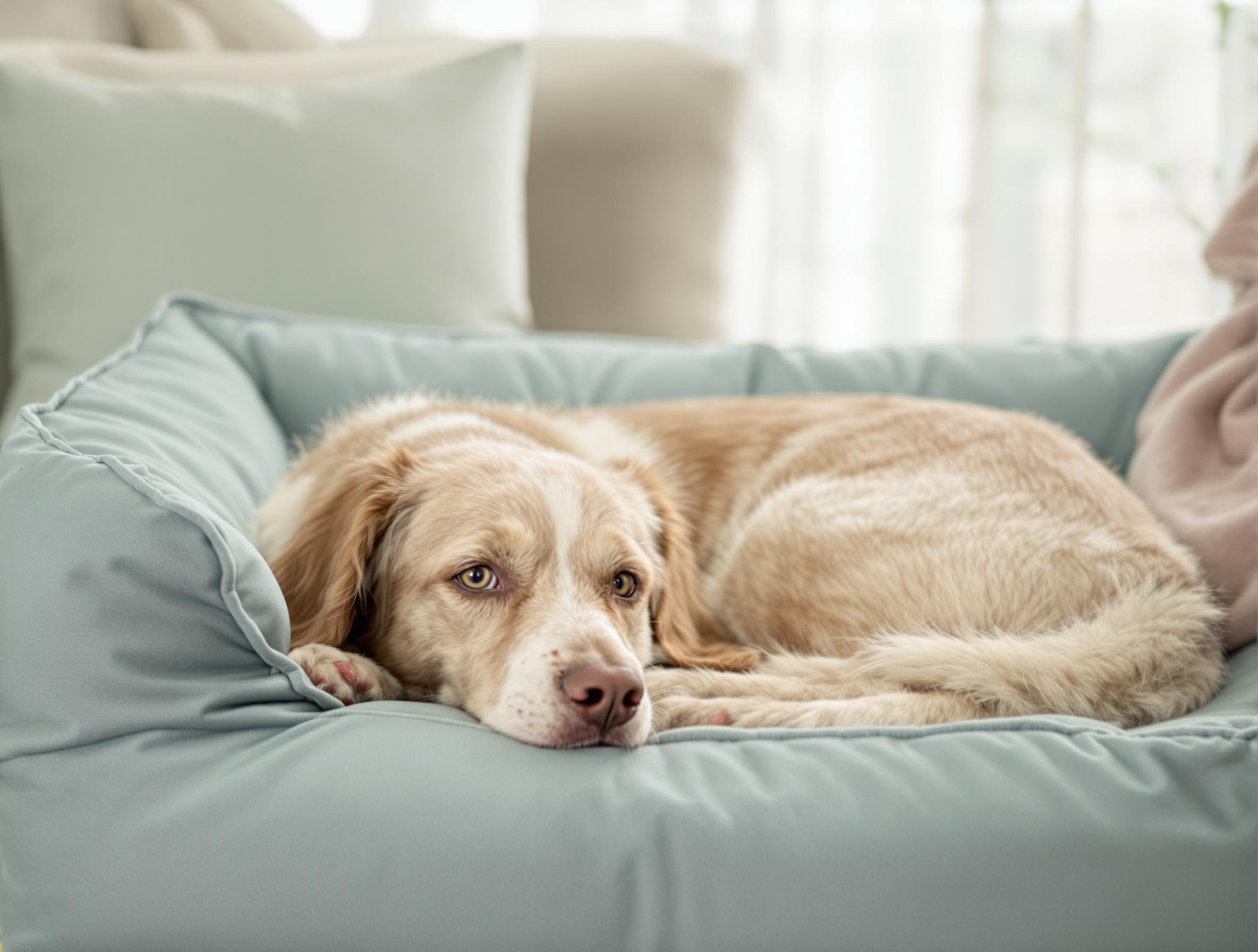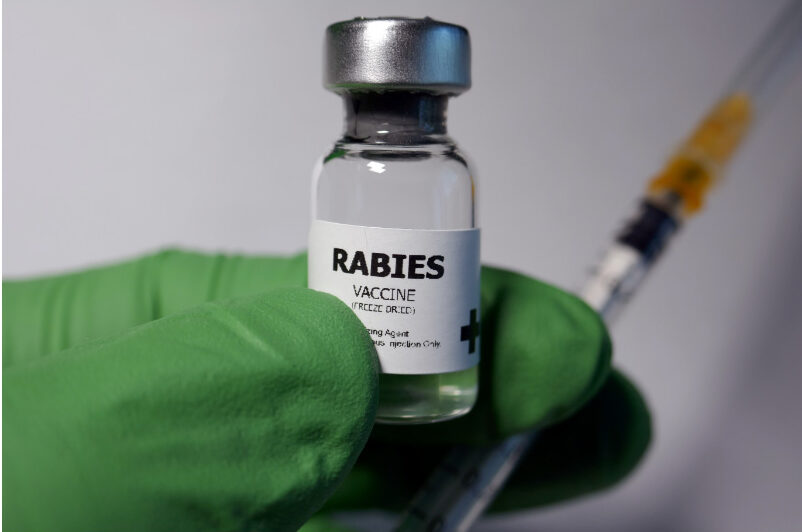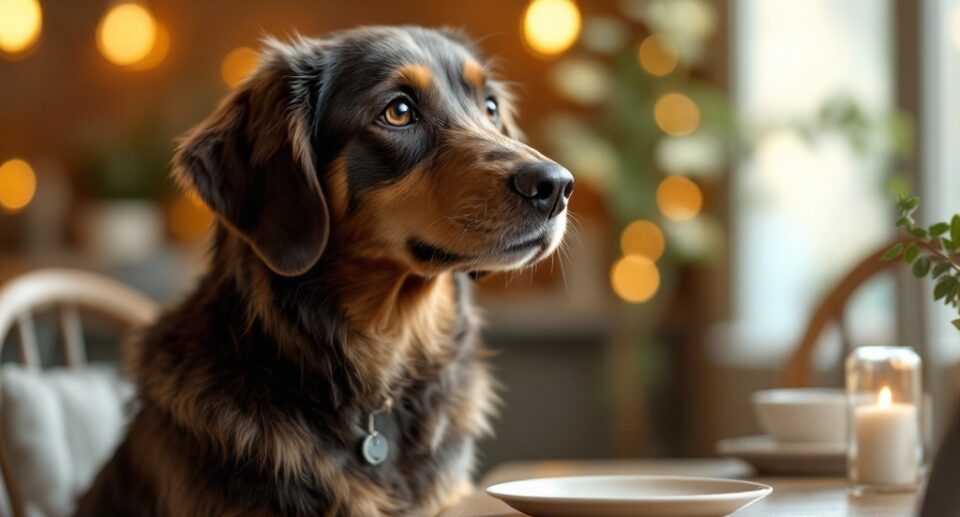
Key Takeaways
- Knowing which foods are toxic to dogs can help prevent serious health issues like organ damage and seizures.
- If your dog eats something harmful, acting fast by calling a vet right away can make all the difference.
- Simple precautions like storing food properly and creating a pet-safe kitchen help protect your dog.
Sharing a bite of your meal feels like a natural way to show love, but what seems harmless to us can be dangerous for dogs. Everyday ingredients like chocolate, macadamia nuts, and onions are among the most common causes of pet poisoning emergencies. Knowing what foods to keep out of reach can help prevent unnecessary suffering and costly vet visits.
If your dog ever eats something toxic, contact your veterinarian or an emergency pet poison hotline immediately. Acting fast can protect your pup’s health.
At PetHealthMD, we are committed to providing reliable, vet-approved information to help pet owners keep their dogs safe. Our comprehensive food safety guide explains what is safe and what is not so you can make informed choices about your dog’s diet.
Here are seven of the most dangerous foods for dogs and why they should stay off your pet’s plate.
1. Chocolate
Dogs cannot process chocolate properly due to a natural chemical called theobromine. Dark chocolate and baking chocolate are especially dangerous.
Signs of chocolate poisoning include:
- Restlessness or hyperactivity
- Increased heart rate
- Vomiting or diarrhea
- Tremors or muscle twitching
- Seizures in severe cases
If your dog eats chocolate, call your veterinarian immediately. You may also want to keep emergency supplies like products from the PetMeds first aid category on hand.
2. Grapes and Raisins
Grapes and raisins can cause sudden kidney failure in dogs, even in very small amounts.
Common symptoms include:
- Vomiting within 24 hours
- Weakness or fatigue
- Increased or decreased thirst
- Reduced urination
Store grape products securely and be mindful of foods containing hidden raisins.
3. Onions and Garlic
Onions, garlic, leeks, and chives can break down red blood cells in dogs, causing anemia. Even small amounts in soups, gravies, or cooked meals can be toxic.
Because many seasonings contain onion or garlic powder, always check labels before sharing human food with your dog.
4. Caffeine
Dogs are very sensitive to caffeine. Half a cup of coffee can cause poisoning in a 20 pound dog.
Caffeine is found in:
- Coffee beans and grounds
- Tea bags
- Energy drinks and sodas
- Pre workout supplements
Choose pet-safe alternatives and keep caffeinated products stored securely. For added protection, explore supplements that support wellness in the PetMeds vitamins and supplements category.
5. Macadamia Nuts
Macadamia nuts can cause serious health issues in dogs, including tremors, vomiting, and hind leg weakness. They are often hidden in cookies, trail mixes, and baked goods.
Store nut containing foods in sealed containers and keep them far from your dog’s reach.
6. Xylitol
Xylitol is a common sweetener found in many sugar free products.
How to keep your dog safe:
- Store gum and candies in closed cabinets
- Check ingredient labels carefully
- Use xylitol free peanut butter
- Keep emergency vet numbers accessible
- Choose dog specific treats and dental products
Xylitol can cause a dangerous drop in blood sugar within 20 minutes, so quick action is critical. Stocking helpful wellness supplies from the PetMeds health and wellness shop can support your pet’s recovery.
7. Avocados
Avocados contain persin, which can cause vomiting, diarrhea, and heart issues in dogs. Guacamole is especially dangerous because it often contains onions and garlic.
Store avocados securely and clean up spills immediately to prevent accidental ingestion.
Frequently Asked Questions About Toxic Foods for Dogs
How can I make my kitchen safe for my dog?
Secure toxic foods in high cabinets or sealed containers. Use dog proof trash cans and clean as you cook.
What should I do if my dog eats something toxic?
Stay calm and call your veterinarian immediately. You can also contact the ASPCA Animal Poison Control Center.
Are smaller dogs more sensitive to toxic foods?
Yes. Smaller breeds can be affected by even tiny amounts of toxic foods.
What symptoms suggest my dog ate something harmful?
Watch for vomiting, diarrhea, lethargy, or behavioral changes.
What non-food items are also dangerous for dogs?
Medications, cleaning supplies, and toxic plants are common hazards. Store these securely.
Take Proactive Steps to Protect Your Pet
A well-organized kitchen with properly stored food is one of the best ways to keep your pet safe. Use sealed containers and store toxic foods out of reach.
Even with precautions, accidents can happen. If you suspect your dog has eaten something toxic, take them to the veterinarian immediately.
When it comes to your dog’s health, always choose reliable, vet approved solutions. PetCareRx offers trusted pet medications and wellness products to help keep your furry companion healthy and protected.

